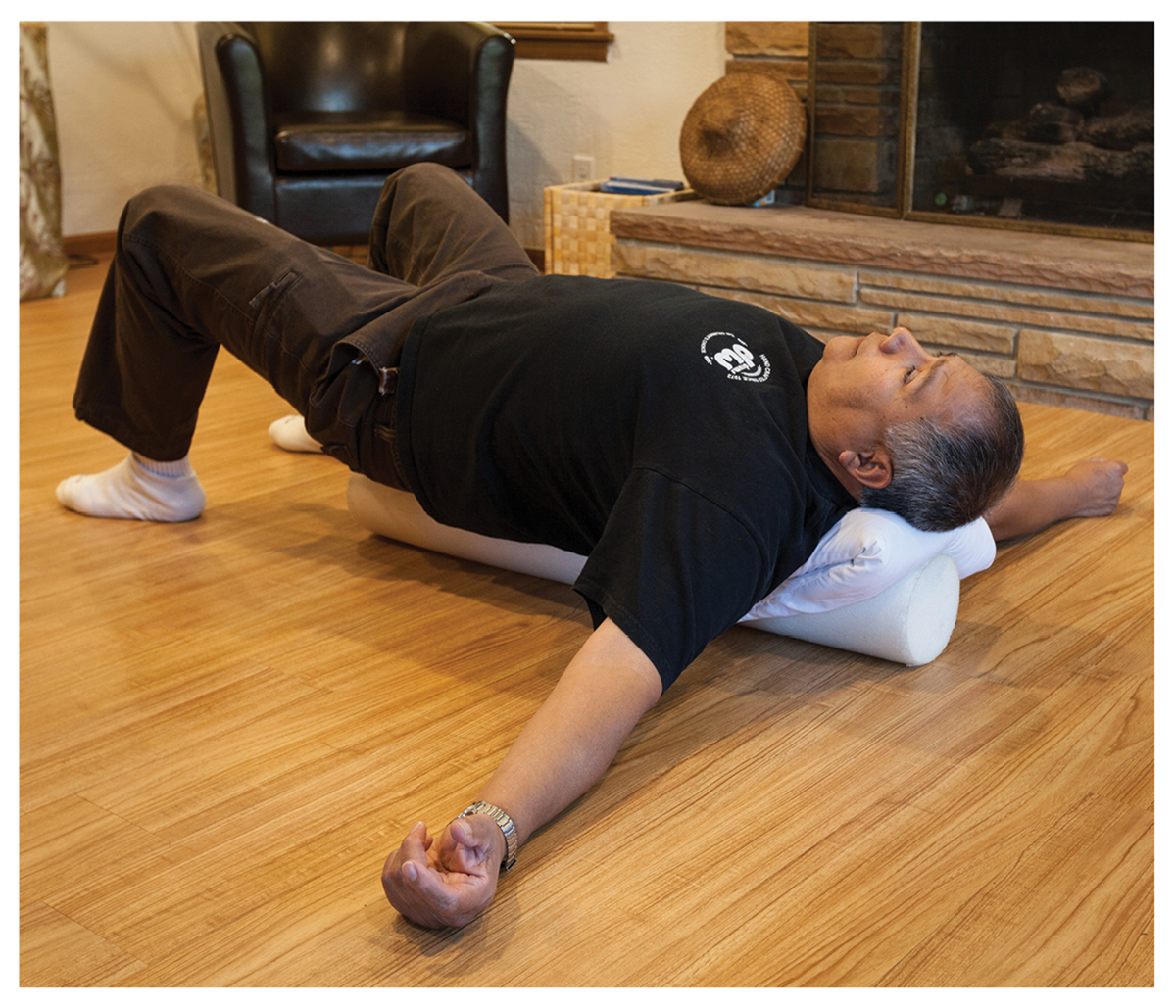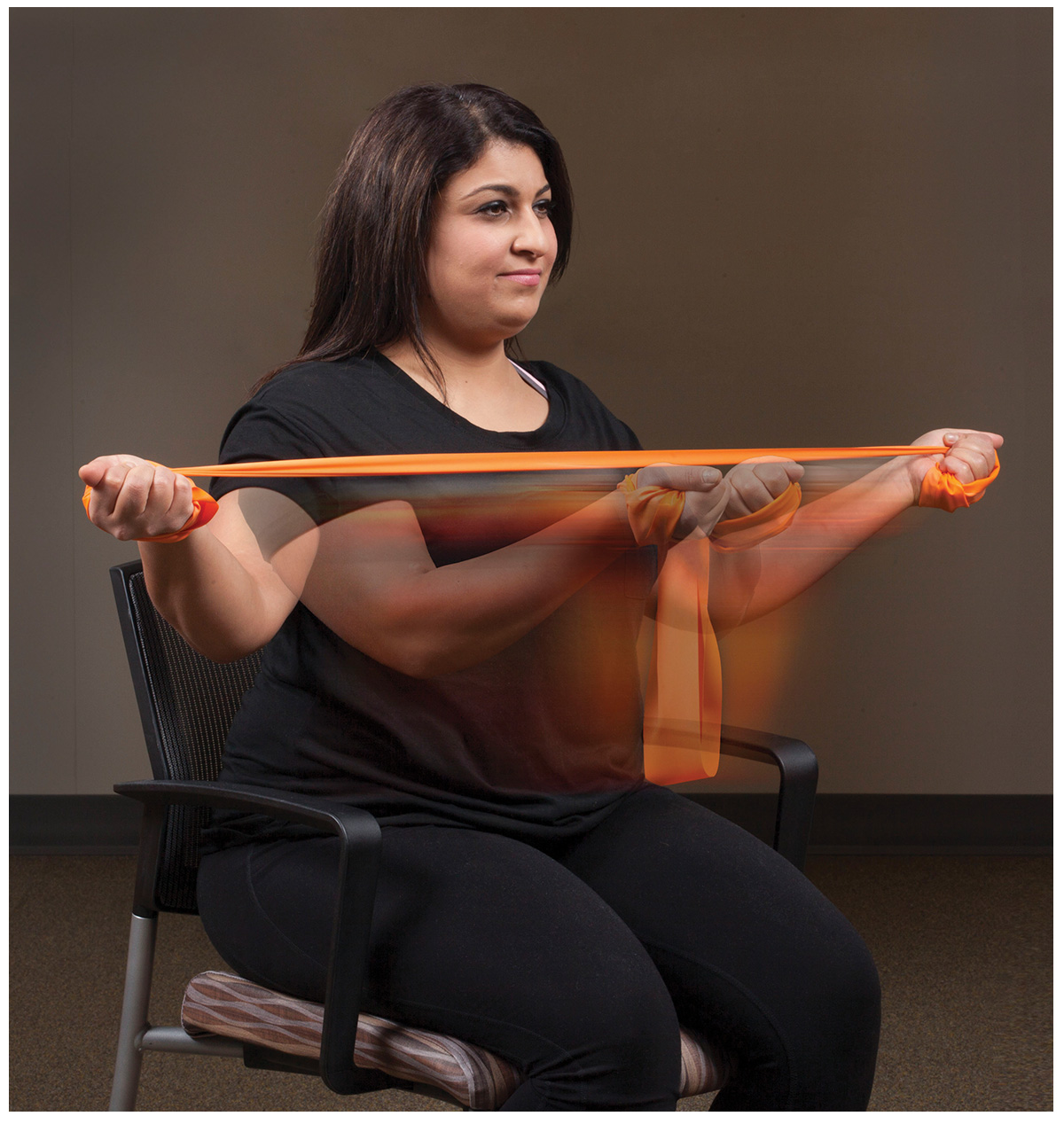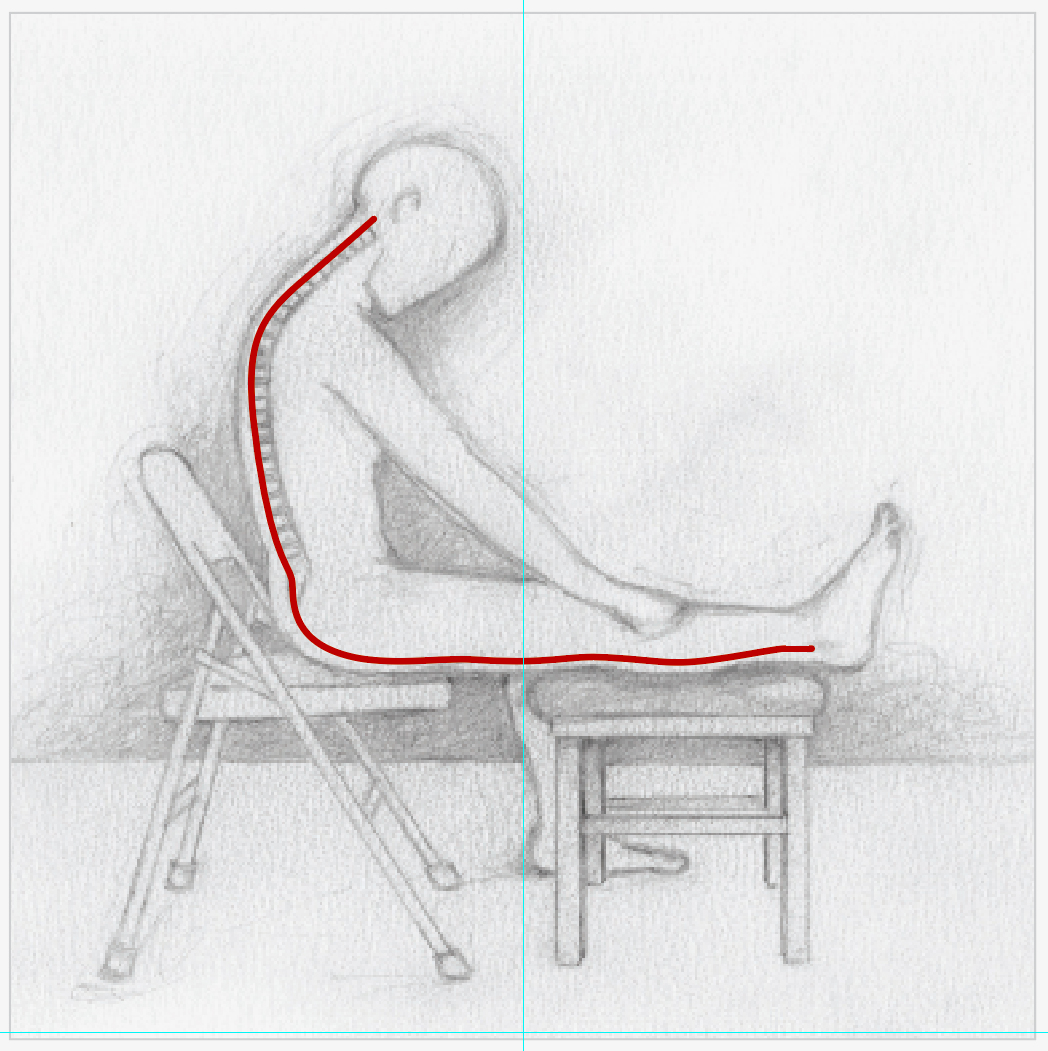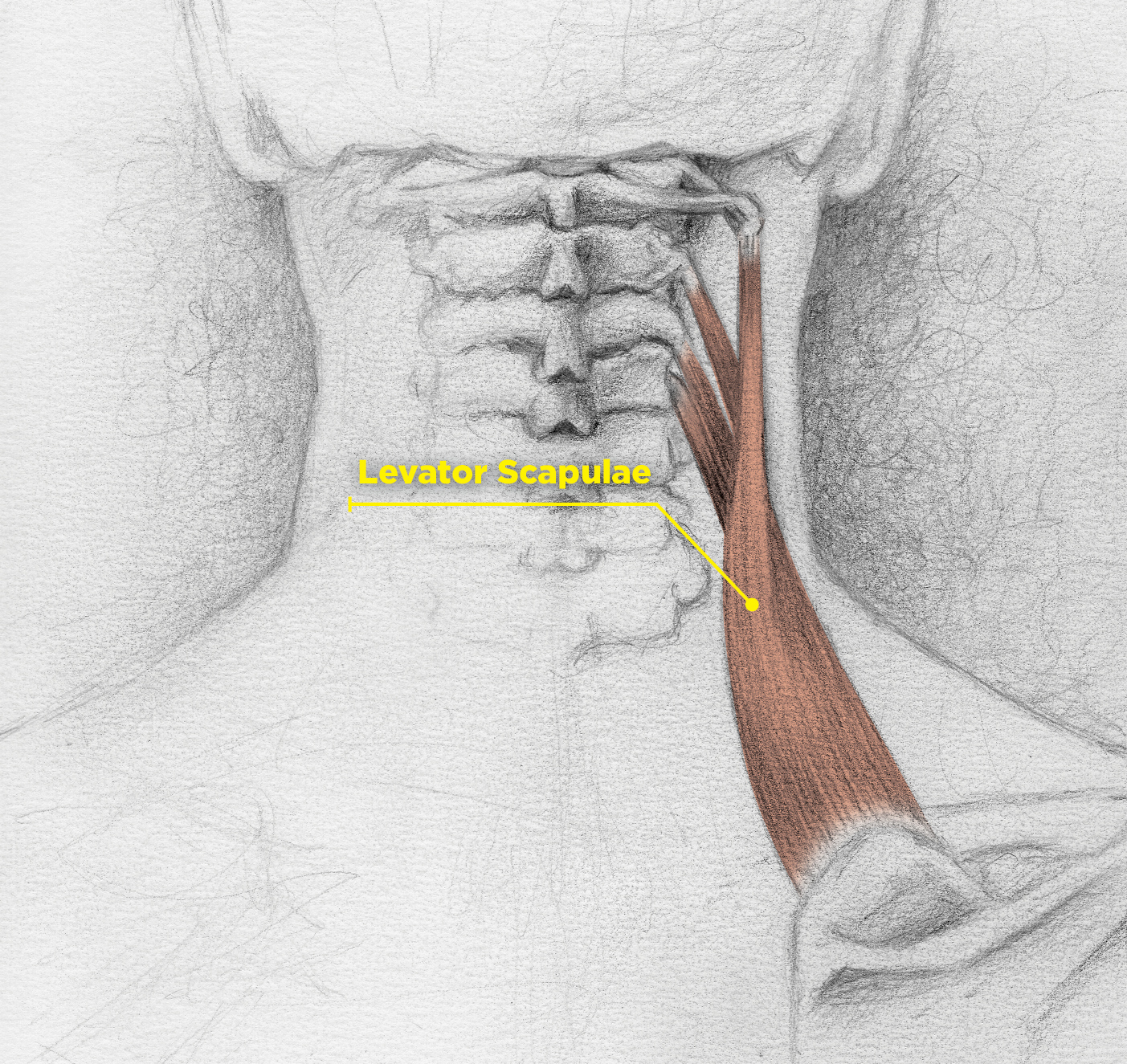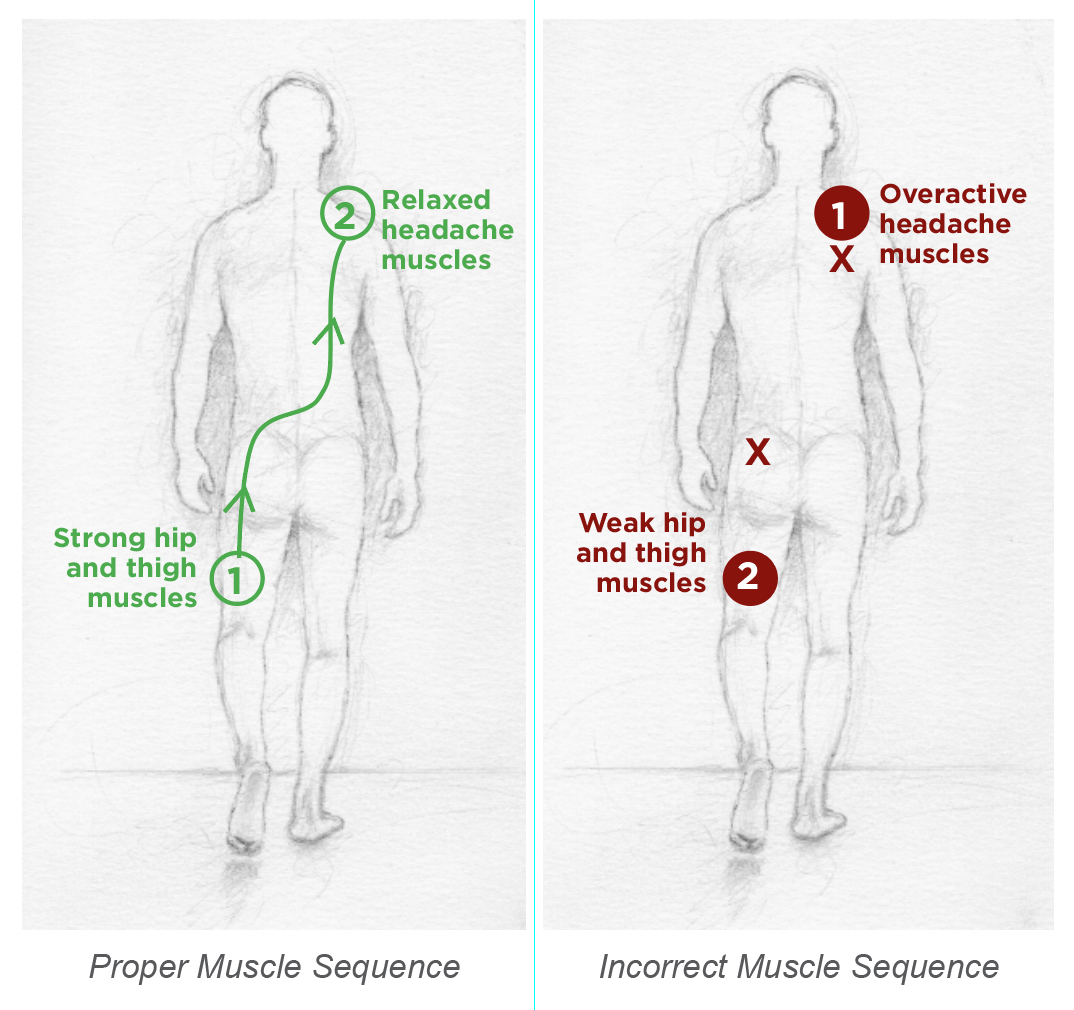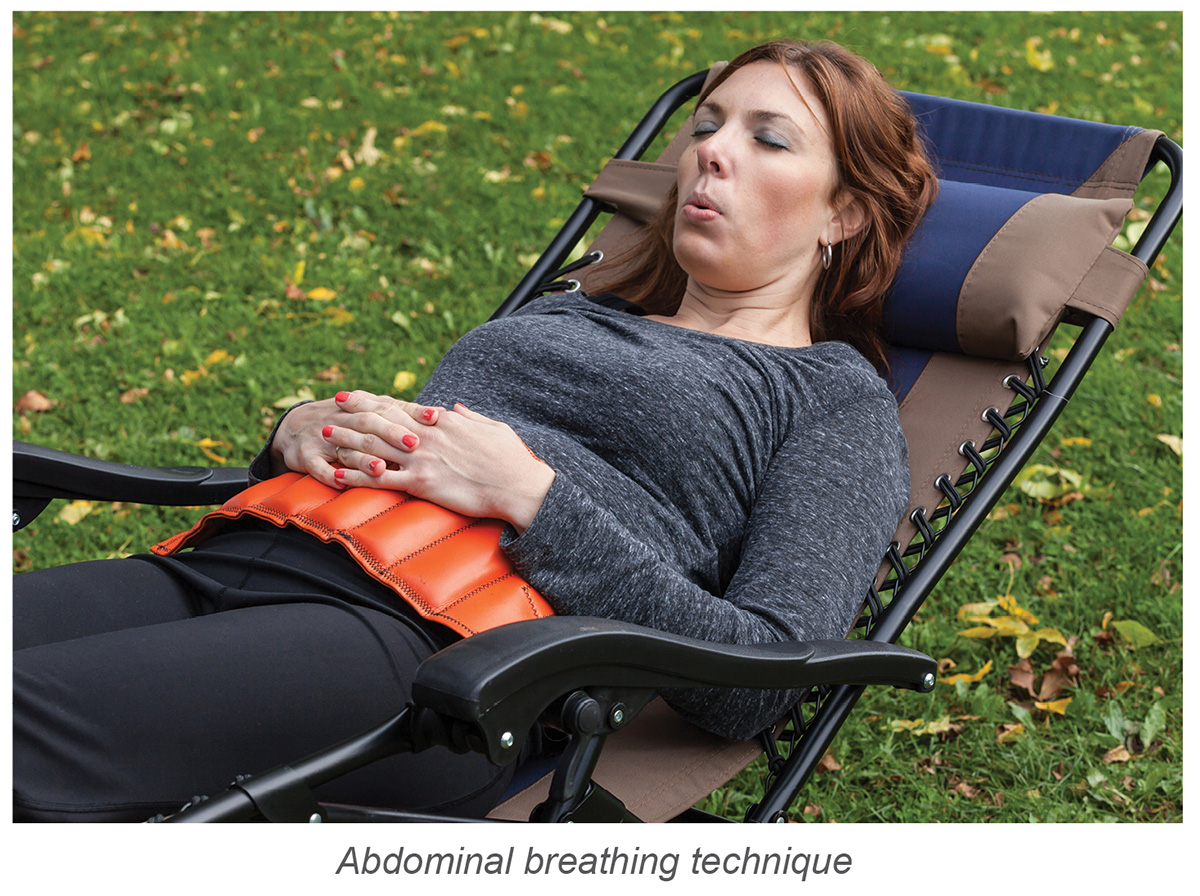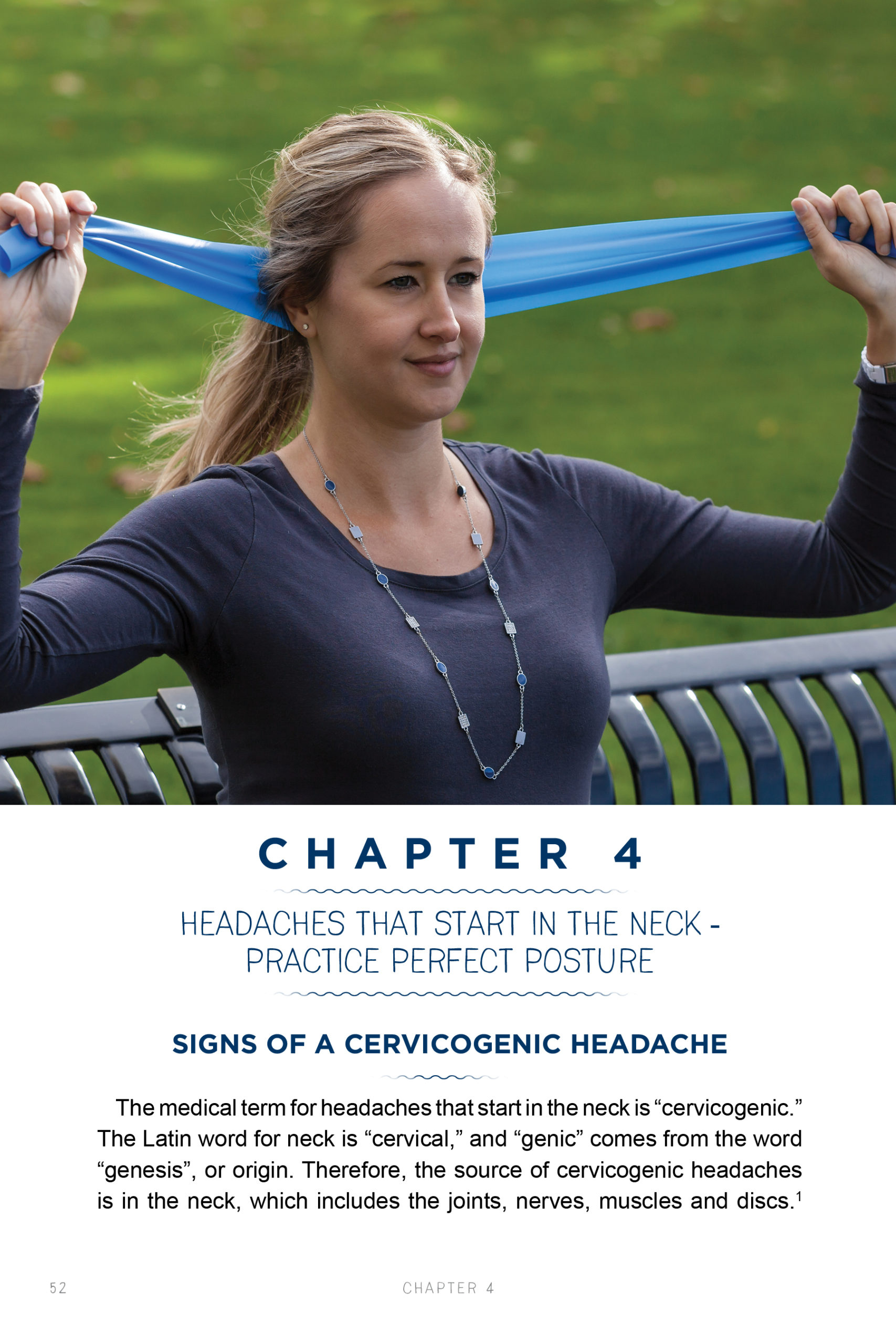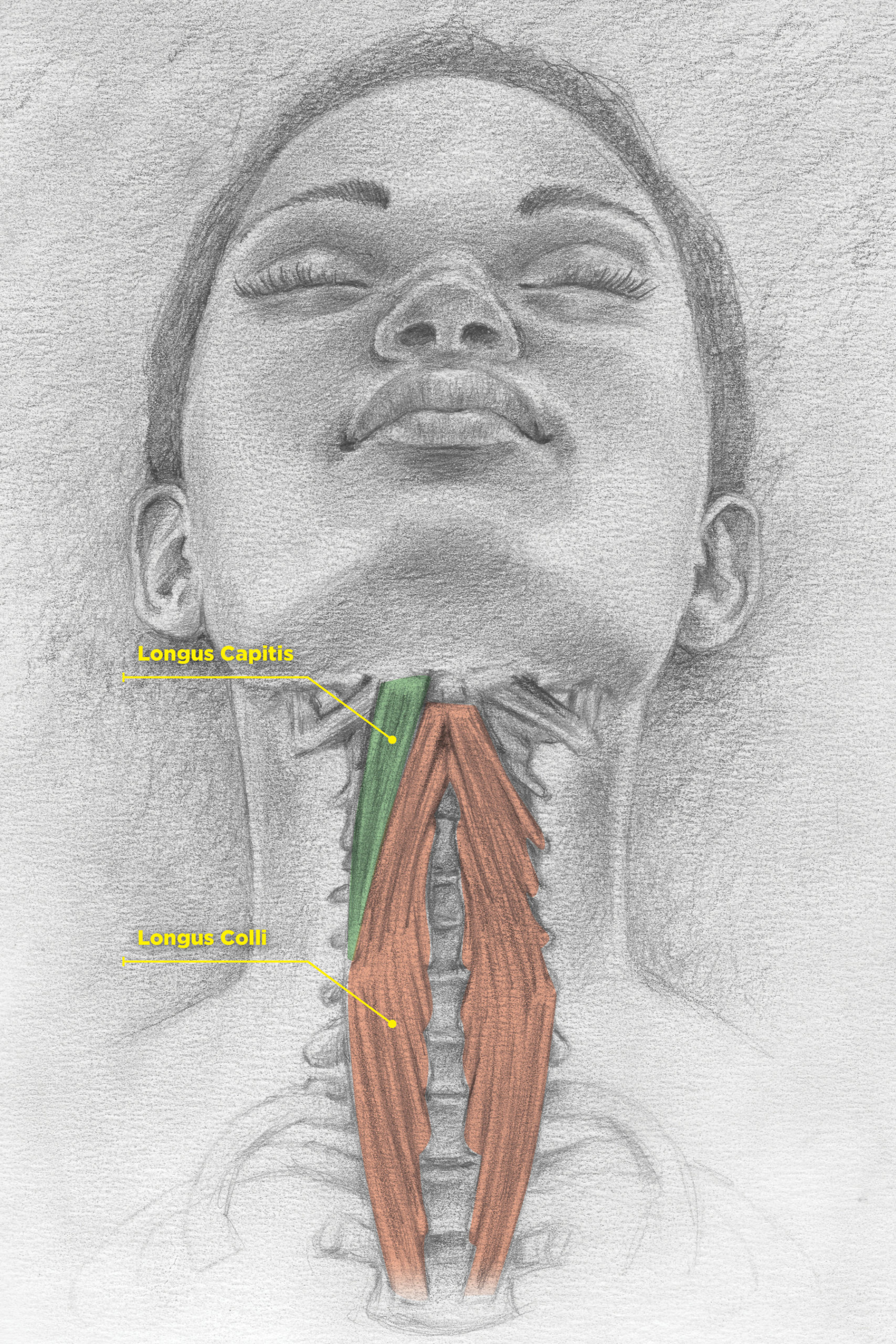Foam Roll Away Your Headache
Do you have a humpback? Look in the mirror. Do you slump your upper back or do you stand ramrod-straight? Chances are you have shortened your height by not standing as straight as you should. You look older, and your chest collapses on itself. More than a cosmetic issue, your poor posture has consequences for …
